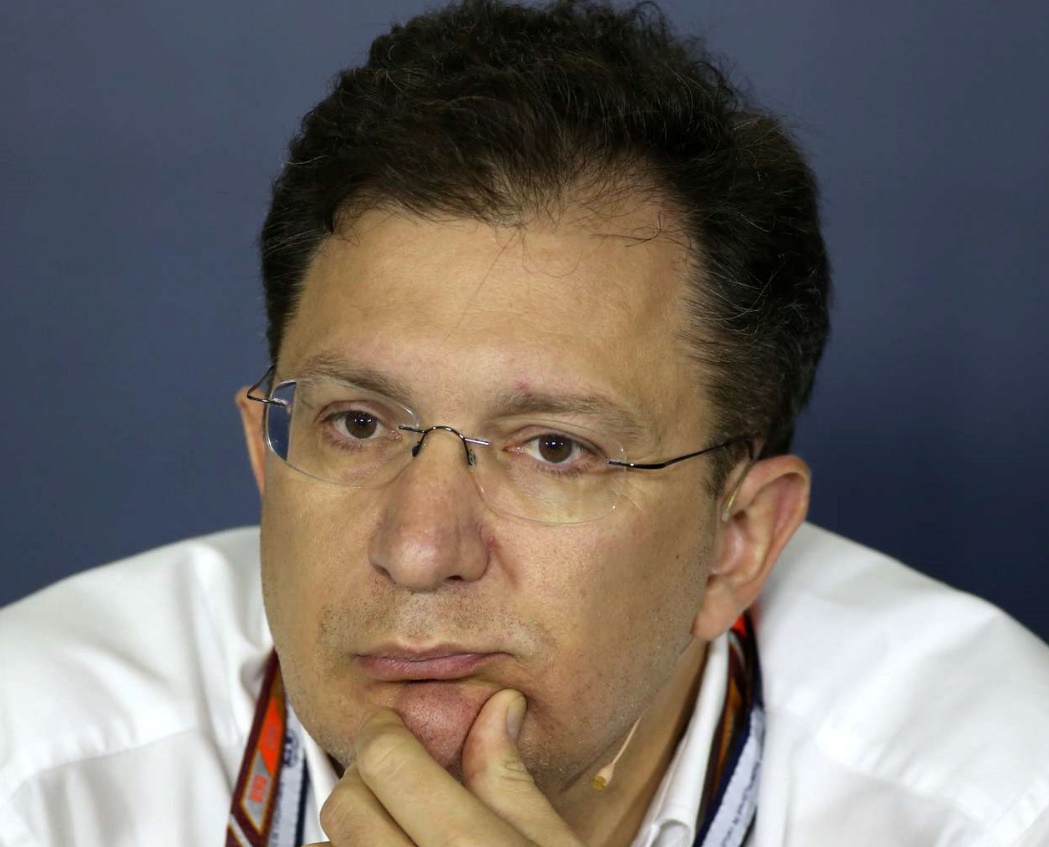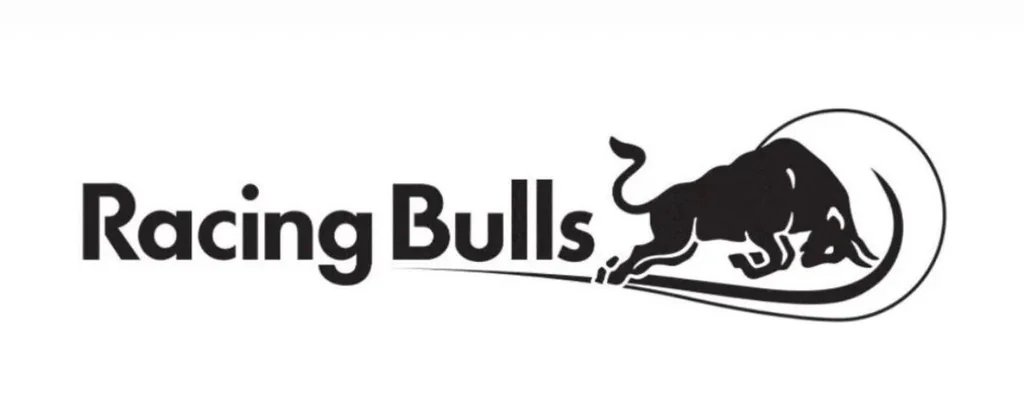F1 News: Will FIA clampdown on A and B team alliances force Red Bull to sell Racing Bulls?
Many in the F1 paddock feel that Red Bull should not own an A and a B team. In no other sport does one entity own two teams. It raises the question of whether the FIA should force Red Bull to sell the Racing Bulls team.
(GMM) The FIA is preparing a regulatory crackdown on ‘A’ and ‘B’ team alliances in Formula 1, as concerns grow about competitive fairness and inter-team cooperation – a move that could directly impact Red Bull’s close relationship with sister team Racing Bulls.
Speaking ahead of the Belgian GP, Nikolas Tombazis, FIA Single-Seater Director, told Auto Hebdo that measures are being finalised for 2026 aimed at curbing excessive collaboration between closely linked teams.

“We are working on clarifying how teams, let’s call them A and B teams, operate,” Tombazis explained. “We will put in place measures to stop those who have a close relationship to the point of helping each other or collaborating.”
The issue resurfaced during last year’s Singapore Grand Prix, when Racing Bulls driver Daniel Ricciardo took the fastest lap point -helping Max Verstappen in the title race by denying it to McLaren’s Lando Norris. That sparked outrage from McLaren CEO Zak Brown.
“What a great initiative from the A and B teams. I didn’t know it was allowed,” Brown said at the time, highlighting the grey area around intra-group sporting cooperation.
Related Article: F1 News: Should Red Bull be forced to sell ‘B’ team to Andretti?
The FIA’s upcoming rule changes won’t outlaw all links between teams – commercial or otherwise – but they will seek to enforce stricter separation, both physically and digitally.
“We are putting in place regulations on the IT side to ensure that the systems are differentiated, and there will also be physical segregation,” said Tombazis. “There are already many provisions; these are demanding conditions that the teams must comply with.”
The changes, to be introduced as part of the 2026 operating framework, are designed to formalise what constitutes acceptable collaboration – such as the model between Ferrari and Haas – while preventing those ties from influencing on-track performance.
“If a team is independent but has commercial relationships, we don’t want that to dictate what happens on track,” Tombazis said. “The goal of all this is for teams to be able to adopt different economics, like Haas.”
Haas, which continues to operate as an independent constructor while purchasing non-listed parts from Ferrari, has recently strengthened ties with Toyota. The American team has recently conducted Testing of Previous Cars (TPC) sessions in Japan with Toyota support – a growing relationship that remains within the rules but is being closely watched.
“We’re trying to formalise this so that teams can each play their own game,” Tombazis added. “We also want to accommodate teams that don’t have these kinds of arrangements, so that teams with commercial ties don’t gain an unfair advantage.”
The clampdown comes as Red Bull grapples with internal upheaval following the ousting of long-time team principal Christian Horner and the installation of Laurent Mekies – a move widely viewed as consolidating the Verstappen-Marko faction’s control over both Red Bull and Racing Bulls.
Any new limits on cooperation between linked teams would strike at the heart of that structure, potentially complicating Red Bull’s multi-team model just as it attempts to stabilize ahead of sweeping 2026 regulation changes.
